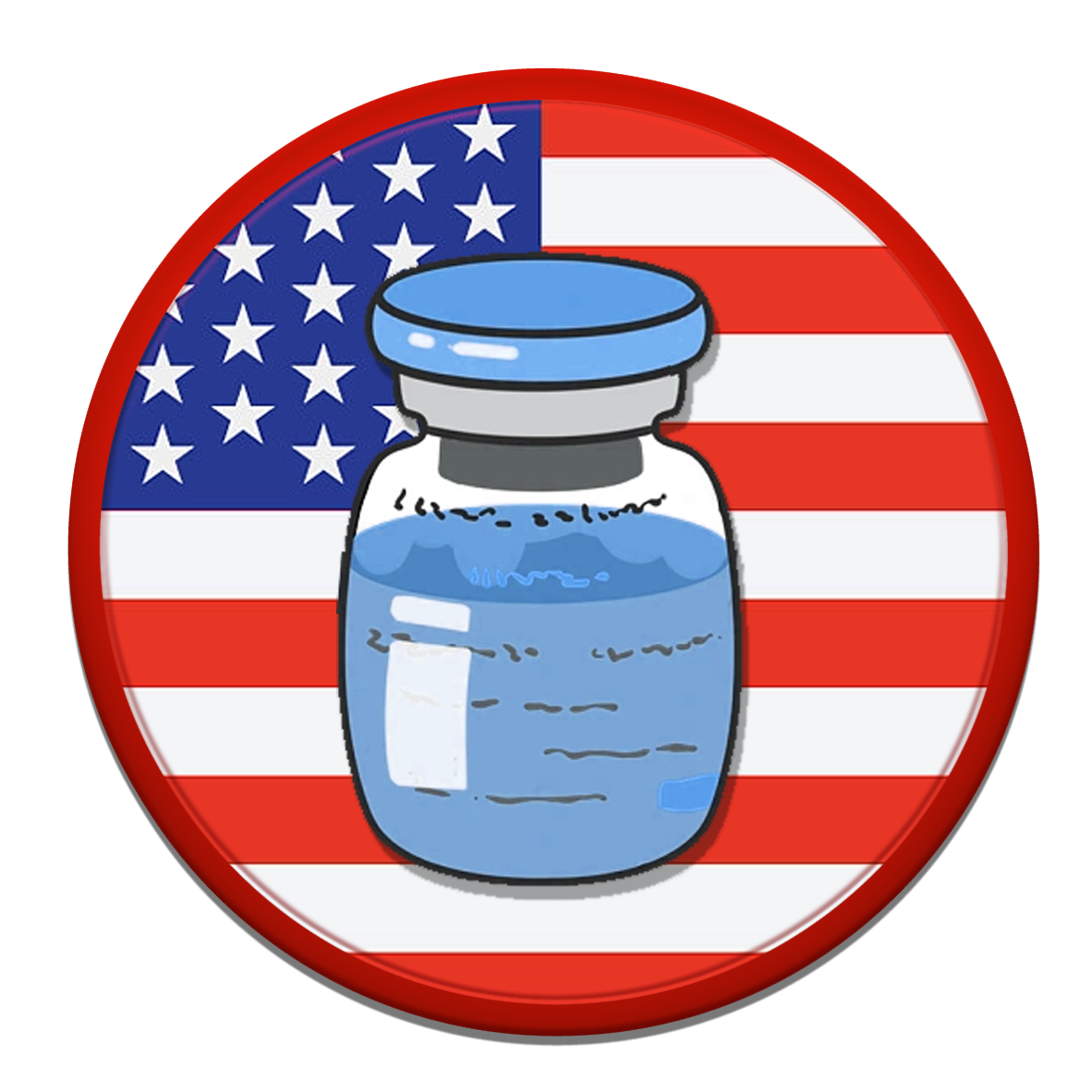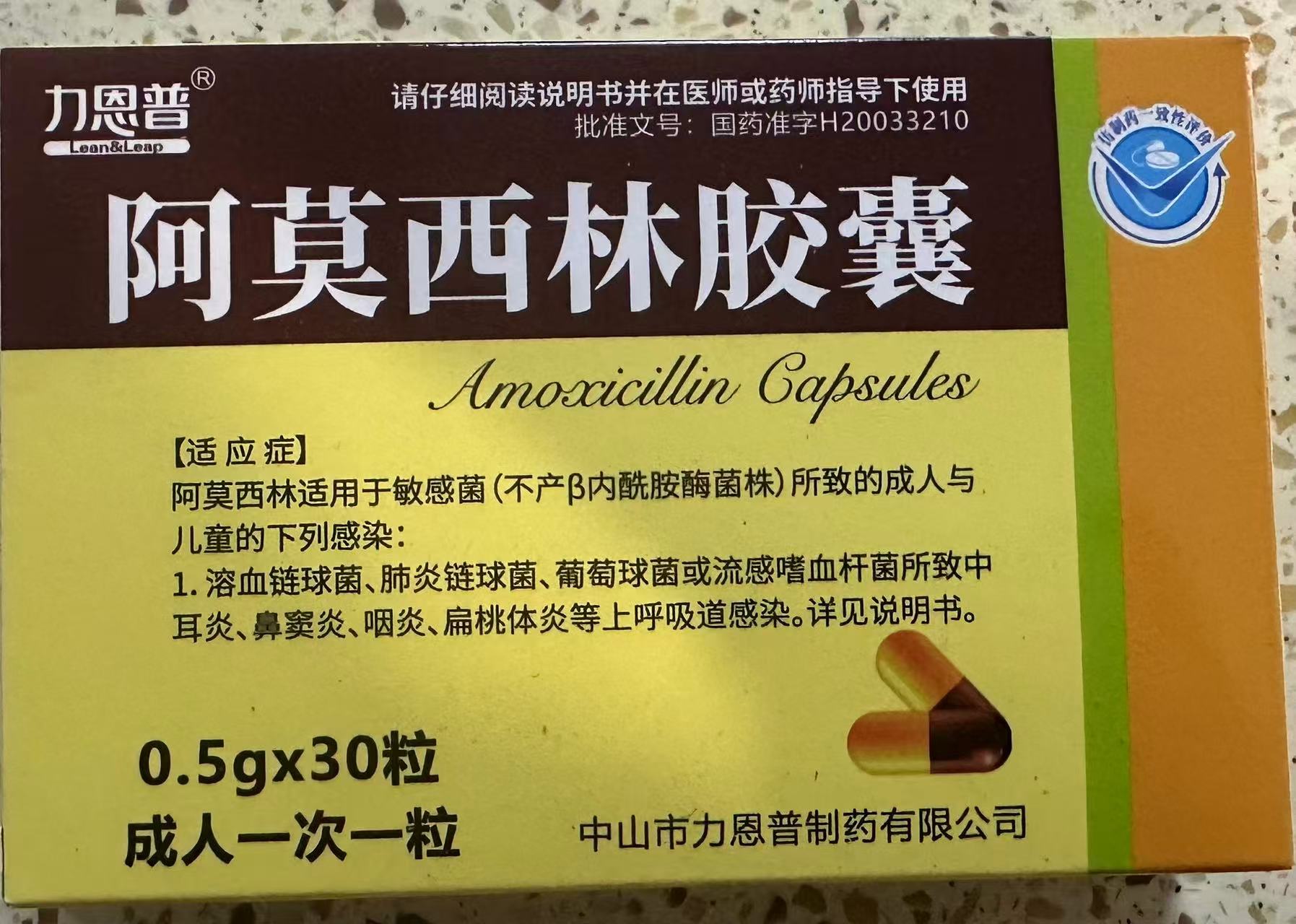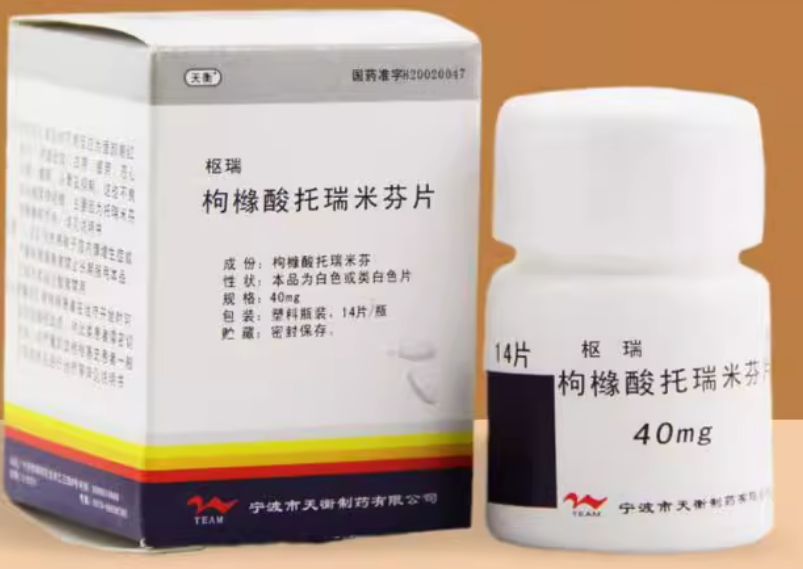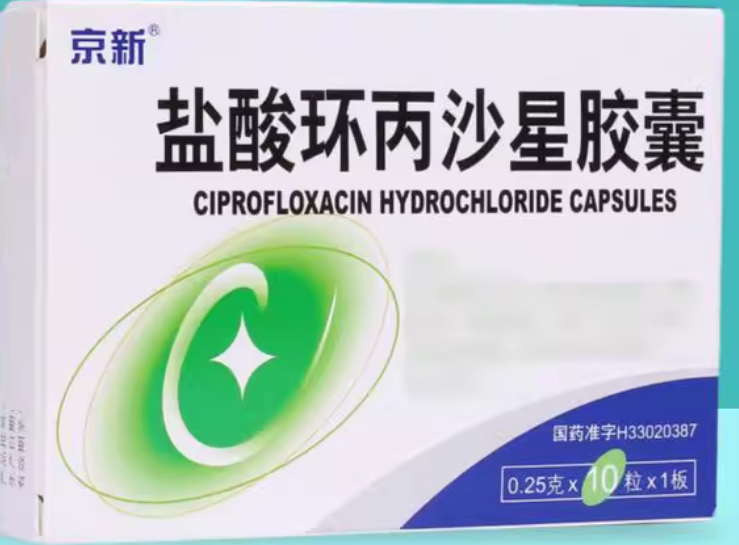
Commonly, those in the media or in any popular culture conversation refer to Human Growth Hormone as an anabolic steroid. However, HGH is in no shape or form an anabolic steroid. Yes, it does carry strong anabolic properties, but being anabolic does not make something an anabolic steroid. Food is also highly anabolic, but no one would call chicken or ground beef an anabolic steroid.
The use of Human Growth Hormone was first successful in 1958. At this time, HGH was a pituitary extract; it was directly extracted from the pituitary of human cadavers. In 1985, the U.S. FDA would ban its use. Extracted HGH had been successful in many treatment plans, but it also proved to carry with it strong unsanitary disadvantages. In fact, pituitary HGH was linked to CJD, a degenerative brain disorder that is fatal. However, very few fell prey to CDJ, approximately 1% of all users, but this was enough for the FDA to impose a ban.
With the FDA banning HGH extract, soon after somatrem would be released. This was not a pure HGH match but rather a contaminant free variant of the hormone. Shortly after, Kabi Vitrum of Sweden would bring forth the means of synthesizing pure Human Growth Hormone. This would be a pure synthetic and contaminant form of HGH known as Somatropin. This process was made possible thanks to recombinant DNA technology, and since that time all synthetic HGH, regardless of the brand, is officially known as Somatropin. When it comes to the effectiveness and traits associated with Human Growth Hormone, synthetic or naturally derived there is no difference.
Human Growth Hormone Functions & Traits:
Human Growth Hormone is a protein hormone produced by the anterior pituitary gland. It is produced by all living human beings, and is at its highest levels during childhood. HGH represents one of the most important hormones in the human body as it affects our bones, skeletal muscle and internal organs, as well as plays roles in numerous other areas throughout the body.
Human Growth Hormone also supports the metabolism of carbohydrates, fats and minerals. Through its direct mode of action, it can also stimulate the growth of connective tissue. Beyond connective tissue growth, HGH has been shown to significantly increase the size and number of cells in skeletal muscle. The hormone will also further support triglyceride hydrolysis, which in turn will promote the reduction of adipose tissue or body fat. So effective in its abilities surrounding fat, HGH has been shown to significantly reduce total cholesterol levels. This, among many other things can be very useful to the anabolic steroid user as many steroids tend to support improper cholesterol levels.
In its direct functioning capacity, Human Growth Hormone sends a signal to the cells in the muscle, bone and adipose tissue to promote anabolism (muscle growth) and lipolysis (fat loss). However, it also carries indirect traits in that it increases gluconeogenesis and promotes insulin resistance. In the end, all these traits give us a reduced sensitivity to insulin, increased glucose levels and increases in the rate of lipolysis.
On a structural basis, it is important to note the exact or precise composition of HGH if you are going to purchase a synthetic form. This is important as there are many HGH variants or fragment hormones but they are not Somatropin. True Human Growth Hormone carries 191 amino acid residues making it identical to naturally produced HGH.
Effects of Human Growth Hormone:
The effects of Human Growth Hormone are nothing short of tremendous. Through supplementation of Somatropin, we can see improvements in numerous areas of our physical wellbeing, and in some cases, they can be dramatic. In a therapeutic setting, HGH is most commonly used to treat pituitary dwarfism in children or to combat an HGH deficiency in adults. This could be caused by pituitary cancer or simply be due to a lacking of production that commonly occurs with age. HGH is also used to treat those with HIV or AIDS, and has proven extremely beneficial in numerous muscle wasting conditions. Synthetic HGH has also proven beneficial to burn victims, short bowel syndrome and Prader-Willi syndrome, but its most common purpose of use is as an anti-aging medication. When we look at the effects of HGH, it won’t be too hard to see how it can greatly improve the effects of aging.
In a performance setting, HGH has rapidly become one of the most sought after hormones on the market. It is tremendously anabolic; however, when used alone and at a moderate dose it is not well-known for promoting truly massive growth. For true performance related growth, the individual will normally need to use it in conjunction with anabolic steroids. Anabolic steroids and HGH appear to work in perfect harmony with one another. However, even when used alone Human Growth Hormone will promote recovery far greater than most any exogenous hormone, as well as carry a pronounced positive effect on the metabolism. As it pertains to healing, HGH carries tremendous healing properties that can be beneficial to nearly all areas of the human body.
Human Growth Hormone also shares a correlating role with the potent and powerful anabolic hormone Insulin-Like Growth Factor-1 (IGF-1). IGF-1 is highly anabolic, carries tremendous recovery properties and affects nearly every cell in the human body. The use of HGH will result in an increase in IGF-1; in fact, IGF-1 levels will remain elevated far past the elevated HGH levels. It is, however, important to keep in mind that IGF-1 can carry some antagonist effects to HGH, which could make the use of exogenous IGF-1 supplementation ill-advised during HGH use for some individuals.
Human Growth Hormone has in recent years been deemed the fountain of youth, and as we look at the effects of HGH it’s not too hard to see why. Will it prevent aging? Absolutely not, but it can undoubtedly make the aging process far more manageable. In short, there are very few healthy adults who would not benefit from HGH supplementation, and this includes not only in a performance setting but in all walks of life. To give you a direct understanding or appreciation, the effects of Human Growth Hormone can include the following in both men and women:
- Decreased Body Fat
- Enhanced Ability to Maintain Proper Body Fat Levels
- A Tighter Physique
- Enhanced Metabolic Rate
- Enhanced Sense of Wellbeing
- Healthier Skin
- Improved Sleeping Patterns
- Increased Bone Strength
- Increased Energy
- Increased Joint Strength
- Increased Lean Tissue Growth
- Increased Rate of Physical Recovery
- Increased Tendon Strength
Side Effects of Human Growth Hormone:
Overall, Human Growth Hormone is one of the safest hormones any man or woman can administer to their body. This is not a foreign substance, it is a hormone your body is well accustomed to, and more importantly, one it needs. While overall it is a tremendously safe hormone, there are possible side effects of Human Growth Hormone use. The most common side effects of HGH include water retention, specifically around the ankles and wrist, joint pain and headaches. Some may also experience flu like symptoms, but such symptoms normally only exist at the early stages of use and normally subside quickly.
The side effects of HGH can also include carpal tunnel syndrome, which in part is often due to water retention related effects. Such effects are most common among performance level doses of the hormone. Hypothyroidism, a deficiency in thyroid hormone production is also possible, especially with performance level doses. This issue can be remedied by the use of Cytomel (Liothyronine Sodium) or what is commonly referred to as T3. Some may also experience nausea, dizziness, respiratory infection and numbness of the skin. While possible, these side effects of Human Growth Hormone are the least likely with moderate edema, slight joint pain and headaches being the most common.
The side effects of Human Growth Hormone can become very problematic when the hormone is abused. Abuse will refer to extremely high doses; total use can be indefinite and often safe, but the dose must remain reasonable. HGH abuse can lead to enlarged hands, feet and jaw, and more severally to the enlargement of internal organs. The side effects of HGH can also include short-term type-2 diabetes due to the hormone’s ability to increase blood sugar and reduce insulin sensitivity.
The final possible side effect of Human Growth Hormone is an irritated injected area. Small lumps in the skin or an itchy feeling at the injected area are commonplace. You may need to move your injections around to find the most comfortable spot. However, many enjoy injecting their HGH into the same area every time as it is one of the few hormones that have been shown to have spot injection benefits. Injecting repeatedly into the same area has been shown to promote localized lipolysis, which will lead many men to always inject their HGH into the fatty tissue in their stomach.
Human Growth Hormone Administration:
Human Growth Hormone is an injectable hormone that can be administered subcutaneously or intramuscularly. When injected subcutaneously, HGH carries a bioavailability of approximately seventy-five percent. When injected intramuscularly, HGH carries a bioavailability of approximately sixty-three percent. The mode of administration will also affect the half-life of the Somatropin hormone. When injected subcutaneously, it will carry a half-life of approximately 3.8 hours. When injected intramuscularly, it will carry a half-life of approximately 4.9 hours. While this is a rather short half-life regardless of the mode of administration, keep in mind the total effects far outlast these numbers due to the pronounced and significant increases in IGF-1 production that stretch far past the twenty-four hour mark.
In a therapeutic setting, male Human Growth Hormone doses will normally fall in the 1-3iu per day range. Some may receive as much as 4iu’s per day, but this is rare. For the female patient, Human Growth Hormone doses will normally fall in the 1-2iu per day range. In some cases, the dose may be slightly less than 1iu per day, which can be common in long term anti-aging plans.
For the performance enhancing athlete, there can be a wide range of HGH doses. For male athletes, 2-4iu per day is most common, and can be extremely beneficial to athletes as well as those who are physique minded. Such a dose will promote fat loss and all the recovery and rejuvenation traits associated with the hormone. When coupled with anabolic steroids, due to the synergy created between HGH and anabolic steroids, you will see the standard steroid cycle greatly enhanced. The standard anabolic steroid cycle becomes far more beneficial. For the female HGH user, the same traits and benefits can be obtained with 1-2iu per day.
While the above doses will provide a tremendous benefit, in a performance setting in order to achieve truly remarkable muscle tissue growth the total dose will need to be increased. Most men will need 6-8iu’s per day and for a very long period of time. More can be used, and more will provide greater results, but it will also greatly exasperate the potential for negative side effects. Females who wish to approach true growth benefits will need to approach the 3-4iu per day range.
Regardless of the total dosing, Human Growth Hormone is not something that produces fast results. The hormone will be relatively useless if only used for a short period of time. In order to promote fat loss and enhance recovery, at minimum the individual will need 8-12 weeks of use with 16 weeks being far more effective. For true anabolic growth, the individual will need to plan on continuous HGH therapy at a decent dose for a minimum of six months. In a therapeutic setting, specifically anti-aging, total use will be indefinite. Most plans will call for continuous therapy or at least therapy that last the majority of the year.
History of Steroids References:
- Human Anatomy and Physiology, 6th Edition, John W. Hole jr.
- J Appl Physiol 94: 2273-2281, 2003. First published February 14, 2003; doi:10.1152
- Journal of Applied Physiology, Vol 77, Issue 1 23-29,
- EFFECTS OF RECOMBINANT GROWTH HORMONE ON VISCERAL FAT ACCUMULATION: PILOT STUDY IN HIV-INFECTED ADOLESCENTS. J Clin Endocrinol Metab. 2005 Apr 19; [Epub ahead of print]
- Measures of submaximal aerobic performance evaluate and predict functional response to growth hormone (Human Growth Hormone) treatment in Human Growth Hormone-deficient adults. J Clin Endocrinol Metab. 1999 Dec;84(12):4570-7.
- Hormonal responses to consecutive days of heavy-resistance exercise with or without nutritional supplementation. J Appl Physiol, Oct 1998; 85: 1544 - 1555.
- Hormonal and growth factor responses to heavy resistance exercise protocols. J Appl Physiol, Oct 1990; 69: 1442-1450
- High dose growth hormone exerts an anabolic effect at rest and during exercise in endurance-trained athletes.J Clin Endocrinol Metab. 2003 Nov;88(11):5221-6.
- Christ ER, Cummings MH, Westwood NB, Sawyer BM, Pearson TC, Sonksen PH, Russell-Jones DL. The importance of growth hormone in the regulation of erythropoiesis, red cell mass, and plasma volume in adults with growth hormone deficiency., J Clin Endocrinol Metab 1997 Sep;82(9):2985-90
- The Journal of Clinical Endocrinology & Metabolism Vol. 87, No.8 3573-3577
- Am J Physiol Endocrinol Metab. 2002 Mar;282(3):E601-7.
- Testosterone blunts feedback inhibition of growth hormone secretion by experimentally elevated insulin-like growth factor-I concentrations.J Clin Endocrinol Metab. 2005 Mar;90(3):1613-7. Epub 2004 Dec 7.
- Comparison of the Metabolic Effects of Raloxifene and Oral Estrogen in Postmenopausal and Growth Hormone-Deficient Women.J Clin Endocrinol Metab. 2005 Apr 26; [Epub ahead of print]
- Serum insulin-like growth factor I levels in growth hormone-deficient adults: influence of sex steroids.Horm Res. 2004;62 Suppl 1:73-6.
- Growth hormone enhances effects of endurance training on oxidative muscle metabolism in elderly women. Am J Physiol Endocrinol Metab, Nov 2000; 279: 989 - 996.
- J Gerontol A Biol Sci Med Sci 1998 May;53(3):M183-7









